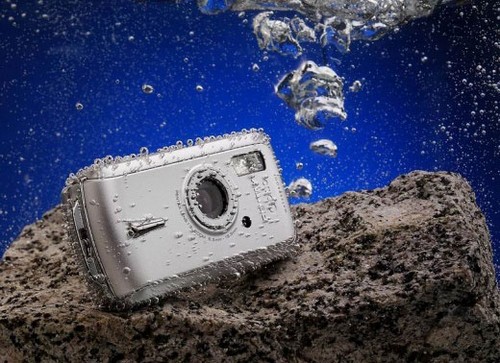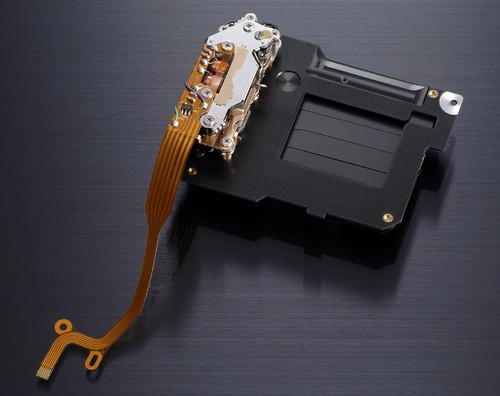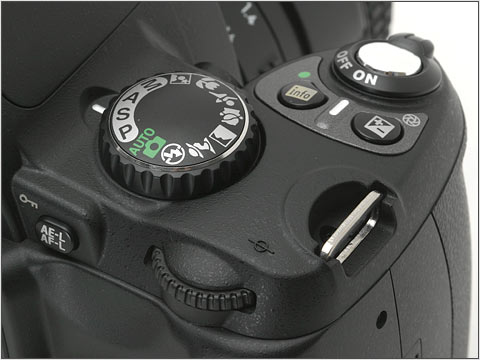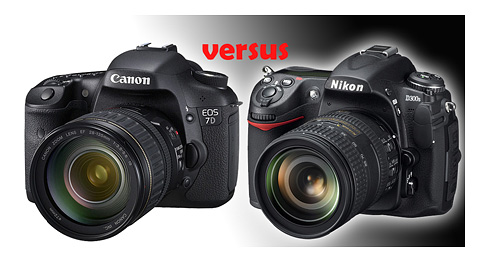
When we talk about the feud between giant DSLR brands of the world, the focus of the discussion will surely not far from Canon vs. Nikon as the two top competitors. Both has had a long history in the world of photography and they both have a complete lens collection and DLSR classes of APS-C sensor and full-frame sensor. The DSLR with APS-C sensors are also known as the crop-sensor DSLR because of the crop factor the sensor has. Talking about APS-C DSLRs, we know that the most basic to the most advanced of DSLR range from 500 to 2000 USD. This time, I’ll review the specs of the two best-seller brands and their hottest release in the APS-C DSLR market.
The Nikon D300s may have only been an HD movie feature upgrade from its D300 predecessor, but the D300s still holds the title as Nikon’s most advanced APS-C DSLR. This semi-pro camera has superiority in its AF points with a maximum of 51 points, and the D300s is equipped with dual memory card slots. On the other hand, the Canon EOS 7D is a surprise release by Canon after deemed unsuccessful with their EOS 50D. The EOS 7D has become the APS-C DSLR with the highest resolution in history, with its 18 MP resolution (50% higher than the Nikon D300s’ 12 MP) and the EOS 7D fixed the main flaw of the 50D in its few amount of focus points (from 9 points to 19 auto focus points).
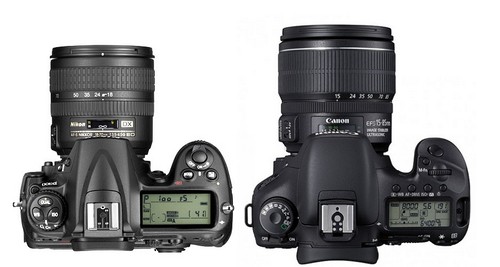
Both the D300s and the EOS 7D are high-end cameras with a magnesium alloy body; sturdy and tough for outdoor use and have 100% viewfinder coverage. From the exterior, both look similar with their 3-inch high resolution LCD. From the top, both are equipped with a top LCD. As for their interiors, they have many similarities. The shutter units have been tested to a grueling 150,000 shots triggered, both are capable of supporting wireless flash, and they both feature a virtual horizon. As for performance, both are fast cameras with the ability of 7 fps. Even though they are both able to use an ISO of up to 6400 (7D is even capable of being forced to ISO 12800), the APS-C sensor has an actual safe limit of ISO 3200 (limit in which they take a good photograph).

The fundamental differences between the two are quite minor. The CMOS sensor of the EOS 7D that’s equipped with 18 million pixels may be an overdone or it may even be a flaw of this EOS 7D. If the need for ultra-high resolution is high, then the 7D is the better choice rather than buying a more expensive full-frame 24 MP DSLR. The EOS 7D is also faster with its 8 fps, even when using the 14-bit RAW. Not to mention the HD video (1080i or 720p) capability and frame rate (30 or 24 fps), while the Nikon D300s only provides its user with 720p 24 fps. The EOS 7D also has a histogram while in live-view mode; very useful in evaluating the correct exposure.
The Nikon D300s excels in its flexible dual memory card slots fro back ups and managing photo files. The D300s also provides an option to store RAW files in one memory card, while storing the JPEG in the other one. The D300s also has many AF points (51 points); though the EOS 7D introduced the AF zone in its 19 points. The D300s has many unique features like photographing in stealth mode with quiet shutter release.
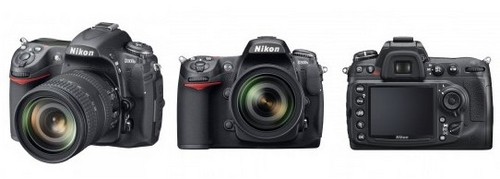
Here’s most of the main features Nikon D300s:
– 13.1 megapixel DX-format CMOS sensor (effective pixels: 12.3 million)
– 720p HD video
– 3.0? LCD monitor (920,000 dots)
– 51 AF points (with 3D tracking)
– IS0 200-3200 range (6400 expanded)
– 7 frames per second continuous shooting (buffer: 17 RAW, 44 JPEG fine, 100 JPEG Normal)
– Expeed image processing
– Picture Controls – image parameters consistent with all current Nikon DSLRs
– Same EN-EL3e battery as D300
– 72 thumbnail view in playback
– 14-bit A/D conversion
– Super fast operation (power-up 13 ms, shutter lag 45 ms, black-out 100 ms)
– Shutter life 150,000 exposures
– Multi-CAM3500DX Auto Focus sensor (51-point, 15 cross-type, more vertical coverage)
– Auto-focus tracking by color (using information from 1005-pixel AE sensor)
– Auto-focus calibration (fine-tuning) now available (fixed body or up to 20 separate lens settings)
– Scene Recognition System (uses AE sensor, AF sensor)
– Picture Control image parameter presets (replace Color Modes I, II and III)
– Custom image parameters now support brightness as well as contrast
– Compact Flash UDMA support
– Live View with either phase detect (mirror up/down) or contrast detect Auto Focus
– HDMI HD video output
– ‘Active D-Lighting’ (adjusts metering as well as applying D-Lighting curve)
– Detailed ‘Control Panel’ type display on LCD monitor, changes color in darkness

Main features Canon EOS 7D:
– 18.0 effective megapixel APS-C CMOS sensor.
– Dual DIGIC 4 image processors.
– 100% viewfinder frame coverage with 1.0× magnification.
– 1080p HD video recording at 24p, 25p and 30p with drop frame timing.
– 720p HD video recording at 50p (50 Hz) and 60p (59.94 Hz)
– 480p ED video recording at 50p (50 Hz) and 60p (59.94 Hz).
– 8.0 frames per second continuous shooting.
– ISO sensitivity 100–6400 (expandable to 12,800).
– 3.0-inch Clear View II LCD screen with 640 × 480 (921,600 dots) resolution.
– 19 point auto-focus system
– 63 zone colour sensitive metering system
– built-in Speedlite transmitter
– Magnesium alloy body.
– Popup flash
This post was written only to illustrate the similarities and differences between these two high-end DSLRs from Nikon and Canon and was never intended as a guide to buying a semi-professional DSLR camera. The reason being that choosing between these $2000 USD DSLRs is a decision that’s usually made by serious photographers (its main target consumers) and they usually know what and why they have chosen between the two; and they own various accessories of the same brand to back up their choice. But if there is a person amongst the readers who are undecided between choosing the EOS 7D vs the Nikon D300s, then believe me, whichever you choose will satisfy you and will further get you addicted to taking photographs.
Canon EOS 7D vs Nikon D300s Video from DigitalRev:
Buy at AMAZON :
READ ALSO:
NIKON D5100 vs NIKON D90
CANON EOS 1100D vs NIKON d3100
NIKON D7000 vs CANON EOS 60D
CANON EOS 1100D vs CANON EOS 1000D











